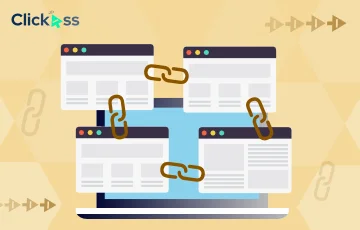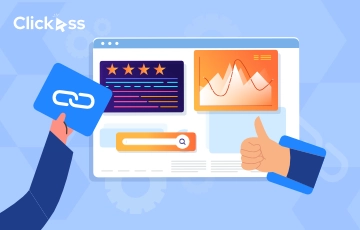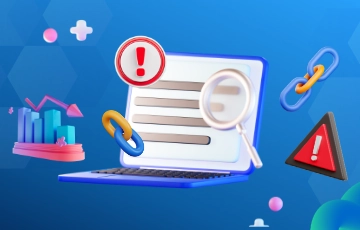
This widespread practice signals its perceived value among webmasters—but does it hold up under scrutiny?
Let’s dissect the true impact of Reciprocal links on SEO and whether it’s a strategy worth investing in or just a fleeting trend.
What are Reciprocal Links?
A reciprocal link is a 2 way link exchange practice between two website owners to link to each other’s site to enhance visibility and SEO mutually.
This practice can lead to increased traffic and improved search engine rankings by leveraging the authority and relevance of each other’s sites.
A revelation from an Ahrefs study, involving over 140,592 domains with at least 10K monthly visitors, shows that a whopping 73.6% had engaged in reciprocal links.
Let’s get into the details of reciprocal links:
1. PBN
Private Blog Networks (PBNs) are a risky strategy for reciprocal linking. It involves using expired domains with high authority backlinks to create links to a main website. The aim is to artificially boost search engine positioning.
This approach—considered a black-hat SEO tactic—was common until Google intensified its penalties against such practices.
Today, using PBNs for reciprocal linking can lead to significant penalties, highlighting the importance of following Google’s guidelines to avoid manipulative link practices.
2. I’ll link to you, and you’ll link to me
The phrase “I’ll link to you, you’ll link to me” refers to a straightforward agreement between two website owners to exchange links.
For instance, a tech blogger covering SaaS productivity tools might review a project management software, linking to the provider’s site. In exchange, the SaaS company features the blogger’s content, driving traffic back to the blog. This partnership benefits both by enhancing visibility and value.
Reciprocal links can also significantly contribute to the link equity of your website.
This mutual backlinking aims to enhance each site’s search engine rankings through relevant connections.
The goal here goes beyond just link swapping—it’s about creating a network of relevant and quality content that benefits everyone, especially the readers.
How common are reciprocal links in Google’s top 10 search results?
Reciprocal links in Google’s top 10 search results as unique, authoritative backlinks, play a role in SEO strategies.
Their importance lies in building relationships and network synergy, potentially improving visibility and search ranking.
However, relevance and quality are key; excessive, irrelevant reciprocal linking can negatively impact SEO.
An Ahrefs study delved into the prevalence of reciprocal links among Google’s top 10 search results.
The study focused on identifying overlap in dofollow links between sites linking to those pages and the sites those pages link out to.
They analyzed approximately 10,000 non-branded search queries with Keyword Difficulty scores ranging from 40 to 60 and examined the top 10 ranking pages for each query.
Plotted the results on a pie chart:
“On average, 4-5 out of every 10 top organic Google rankings include some reciprocal links.”
This suggests that nearly half of the top-ranking pages on Google engage in reciprocal linking, highlighting its commonality and natural occurrence within the web’s ecosystem.
3 Ways Reciprocal Links Can Benefit Your SEO Strategy
Judiciously put reciprocal links reeks of effective backlink management, which in turn can be a powerful lever to boost your SEO strategy.
Let’s explore three ways these mutual connections can enhance your site’s search engine optimization.
1. It Boosts Domain Authority
Reciprocal links boost domain authority by showing search engines that other reputable sites recognize your site’s value.
This mutual linking acts as a recommendation, telling search engines your content is trustworthy and relevant, which can improve your site’s ranking and visibility in search results.
2. It Enhances Referral Traffic
Reciprocal linking enhances referral traffic by creating pathways for visitors to move between two websites that have linked to each other.
This exchange increases the number of visitors each site receives from the other, leading to more traffic and potential customers discovering your site through trusted sources.
3. It Improves Website Visibility
Reciprocal backlinks help expand your online presence across multiple platforms. When sites link to each other, they share their audience, introducing your content to new viewers.
This increased exposure can lead to higher search engine rankings and more visibility among potential visitors interested in your niche.
5 Ways Reciprocal Links Can Hurt Your SEO
While reciprocal links can offer benefits to your SEO strategy when used correctly, it’s crucial to be aware of how they can also backfire if not managed properly.
Here are five ways reciprocal linking can negatively impact your SEO efforts.
1. It Can Trigger Google Penalties
Excessive reciprocal linking, especially when it’s not relevant to your content or audience, can raise red flags for search engines.
Google’s algorithms are designed to identify manipulative link exchange practices.
If your site is found to be engaging in such activities, you could face penalties that significantly harm your search rankings.
2. It can Diluting Link Value
Not all reciprocal backlinks are created equal. Linking to sites that don’t offer quality content or relevance to your niche can dilute the value of your links.
This backlink exchange strategy can decrease the overall authority of your website in the eyes of search engines and make it harder for your site to rank well.
3. It Might End-up Reducing User Trust
Users trust websites that offer them value without apparent ulterior motives. When your site is cluttered with irrelevant reciprocal links, it can diminish user trust and engagement.
Visitors might question the authenticity of your content and intentions, which directly leads to higher bounce rates and lower conversion rates.
4. It May Lead to Over-Optimization
Excessive reciprocal links, especially with overly optimized anchor text, can trigger search engine algorithms to flag your site for over-optimization, negatively affecting your search rankings.
5. Managing Reciprocal Links May Drain Valuable Resources
Managing reciprocal links requires significant time and resources to monitor and ensure that the other sites continue to link back as agreed.
This time could be better spent on creating valuable content or improving your site’s SEO in other ways.
8 Best Practices for Reciprocal Links and Tips on How to Use Them Wisely
Focus on quality over quantity and link swap with sites that add real value to your audience.
One effective strategy is link insertion, where you identify existing relevant content on another site and request the inclusion of your link.
Let’s look at the other eight best practices to ensure you’re using reciprocal linking to your advantage.
1. Be Sure the Link is Contextually Relevant
Ensure that any reciprocal linking serves a real purpose to your content and audience.
For example, if you published a blog on a “social media sentiment analysis tool”, exchanging links with SaaS product blog revolving around “call center software” as part of a broader focus on SaaS products might not align with your audience’s interests.
You could consider seeking a reciprocal linking partnership with informational blogs or resources related to customer service technology or telecommunications.
For instance, targeting industry thought leaders, educational platforms, or specialized forums in these areas could be more aligned with your content’s focus and audience interests.
Such relevance is crucial for SEO and improves the overall experience for your readers by providing them with valuable, industry-related content.
2. Make Sure That You Are Not Reciprocating Links With PBNs
Private Blog Networks (PBNs) are a big no-go in SEO. It can bring down your site’s organic traffic. To prevent this, carefully choose your 2 way link exchange partners, focusing on genuine websites that boast actual organic traffic and valuable content.
Look at this example: It shows how a site’s organic traffic plummets following penalties associated with PBN link exchanges. It serves as a stark reminder of the risks involved in not properly vetting reciprocal link partners.
Another example here shows that despite a website having a DR over 20 and more than 1,000 referring domains, it’s alarming to see zero organic traffic.
These scenarios often indicate a reliance on PBNs or low-quality links that fail to generate genuine traffic growth, underscoring the importance of quality over quantity in link-building efforts.
You can also use reciprocal link checkers, like small SEO tools, or search engine genie, to help identify suspicious patterns indicative of PBNs.
3. Leverage “No Follow” Links
Not every link needs to pass SEO juice to be valuable. When uncertain about the quality of a linking site or wanting to maintain a balanced link profile, use “no follow” tags on reciprocal links.
This tells search engines not to follow the link for SEO ranking purposes, protecting your site while still facilitating traffic exchange.
4. Evaluate Reciprocal Link Requests
Be selective with reciprocal link requests. Here’s how you can evaluate:
- Ensure the requesting site’s content aligns with your niche and audience interests.
- Verify the site produces high-quality, valuable content that matches your standards.
- Confirm the site is legitimate and not part of a Private Blog Network (PBN) or engaging in spammy practices.
- Choose sites that provide real value to your audience, enriching their experience and knowledge.
5. Check SEO Metrics of Linking Site
Before engaging in a link exchange, check the linking site’s SEO metrics, such as domain niche, traffic, and organic search visibility.
Tools like Ahrefs or Moz can provide these insights.
Important metrics to consider:
Metric | What It Indicates |
Monthly Organic Traffic | Number of visitors coming to the site from search engines. |
Organic Search Visibility / Keyword Visibility | Percentage of clicks the site gets from its keywords. |
Position for Targeted Keywords | Ranking of the site on search engine results pages (SERPs) for targeted keywords. |
Number of Referring Domains | Number of unique domains linking back to the site. |
Penalty Indicator (e.g., Google Manual Actions) | Whether the site has been penalized by search engines. |
Bounce Rate | Percentage of visitors who leave the site after viewing only one page. |
Average Session Duration | Average amount of time visitors spend on the site. |
Content Quality and Relevance Score | Evaluation of content’s usefulness and relevance to the target audience (often subjective or based on manual review). |
Pro Tip:
Many marketers and SEO professionals consider Domain Authority (DA) and Domain Rating (DR) as go-to metrics for evaluating a site’s potential impact on SEO.
The truth is that it is the ultimate vanity metric that you need to IGNORE! They don’t directly affect your site’s ranking in search engine results pages (SERPs)
6. Focus on “Value-Based Link Building”
This approach enhances your content’s appeal and positions it as a valuable resource for the “linkerati” who are more likely to consider it for linking from their content or when publishing new articles.
In return, you can offer a reciprocal link from your domain, creating a mutual benefit.
A. Tips for maintaining value-based link building
- Keep your guides and articles fresh with the latest information and insights.
- Focus on the depth and value of your content to make it link-worthy.
- Connect with content creators and site owners with significant influence or authority in your niche.
- When reaching out, highlight the updates and added value of your content to encourage links.
- Propose reciprocal linking as a benefit for both parties, emphasizing the quality and relevance of your updated content.
B. Stay On The Radar Of Potential Linkers
Bloggers and journalists are always in search of authoritative guides on specific topics, making “definitive” guides a magnet for backlinks. The key to leveraging these assets for link acquisition lies in remaining visible to the “linkerati.”
How can you achieve this?
The approach is straightforward: consistently update your guide and re-promote it with each revision.
Ahrefs experimented with their “SEO tips list” blog. Its current version is the result of multiple substantial updates, to the point where “update” might be an understatement—they essentially re-crafted it from the ground up on a couple of occasions.
And this is what the results look like, over time:
7. Reach out to Bloggers and Influencers
Expanding your link building efforts also involves engaging with bloggers and influencers within your niche. These individuals have the power to amplify your content and provide valuable backlinks through their platforms.
- Start by identifying influencers who share content relevant to your audience.
- Establish a connection by commenting on their posts or sharing their content.
- Reach out with personalized messages, suggesting how your content could add value to their site or social media feed.
8. Explore Alternative Link Building Strategies
For many link builders, this question is a big deal breaker: is a link exchange logistically possible?
It may not be viable if you’re an agency link builder without client permission, lack a suitable section on your website for placing links, or face internal bureaucratic hurdles.
When reciprocal link exchange isn’t feasible, due to logistical challenges or restrictions, you can look for other link-building methods.
Consider:
- Guest Posting: Write and publish articles on relevant industry blogs or websites. This method allows you to share your expertise and include a backlink to your site in the content or author bio.
- Creating Shareable Content: Develop high-quality, informative, or entertaining content that naturally encourages others to link to it. Infographics, comprehensive guides, and original research are particularly effective for garnering backlinks.
- Social Media Engagement: Use social media platforms to promote your content and engage with your audience. While links from these platforms are nofollow, the visibility can help you network with SaaS website link builders and content marketers.
This is where strategic link placement within your content and social media posts can indirectly influence your link building efforts.
- Tiered Backlinking: An advanced strategy to consider alongside reciprocal linking is tiered link building.
This technique involves creating multiple layers of backlinks, where your main site receives links from secondary sites, which in turn are linked by tertiary sites.
Start Unlocking Growth for Your SaaS Venture
The link-building landscape is evolving, slowly and steadily with savvy link builders and SEO experts embracing more organic, white hat strategies like crafting linkable assets and engaging in Digital PR.
This shows a deeper understanding of the nuanced digital ecosystem and a commitment to building sustainable, quality-driven link profiles that genuinely enhance site visibility and authority.
Here’s a quick overview by Alan Silvestri:
If you’re looking for link building outsourcing and looking for a full spectrum of innovative best practices, it’s time to adopt a proactive, targeted approach.
Maximize Your SaaS Presence: Book a Strategy Session for Expert Link-Building Insights!
Frequently Asked Questions (FAQs)
1. Is link exchange the same as reciprocal links?
Yes, link exchange and reciprocal links are a 2 way link exchange practice where two websites link to each other.
However, a link exchange typically involves a deliberate agreement between the parties to mutually link their sites.
Reciprocal links, on the other hand, can arise organically without any formal arrangement, simply because both sites find each other’s content relevant and valuable.
2. What is an example of a reciprocal link?
An example of a reciprocal link in the B2B tech SaaS sphere involves two companies operating in complementary technology sectors.
Consider a cloud storage SaaS provider and a cybersecurity SaaS firm deciding to partner.
The cloud storage provider writes a blog post on the importance of secure cloud storage solutions for businesses. They incorporate a link to the cybersecurity firm’s guide on protecting digital assets from cyber threats.
In return, the cybersecurity firm writes an article on the significance of integrating robust security protocols with cloud storage solutions, linking back to the cloud storage provider’s services.
This strategic partnership, through content exchange and linking, benefits both parties by broadening their audience base and improving their websites’ authority.
3. How do you validate a reciprocal link?
Validating a reciprocal link involves ensuring that the link from the partner site is active, properly directed to your website, and beneficial to your SEO goals.
You can utilize tools like reciprocal link checker from Small SEO Tools, which can automatically verify if the partner sites are linking back to you as agreed.
Additionally, assess the quality of the linking page—its relevance to your niche, content quality, and user engagement are key factors.
It’s also crucial to confirm that the link does not have a “nofollow” attribute unless specifically agreed upon, as this determines whether the link passes SEO value.
Regular monitoring of these links is essential to maintain a healthy and beneficial reciprocal linking strategy, ensuring that both parties uphold their end of the agreement and contribute positively to each other’s site authority and search engine ranking.
About The Author
Dhruv Mehta
Dhruv Mehta is a SaaS link building expert with a passion for demystifying digital strategies. Join him on a journey through insightful SaaS SEO and Link Building Insights, where he transforms digital novices into confident navigators of the online world.
Table of Contents
ToggleRelated Posts
Unlocking the Power of Reciprocal Links in 2024: Strategies for SEO Success
13 Link Building Challenges & How to Overcome Them
16 Link Building Mistakes to Avoid in 2024
What Are PBN Backlinks? (And Why You Shouldn’t Use Them)
Analyzing Your Backlink Profile for SEO & 2 Perfect Examples
10 Ways to Index Backlinks Faster in 2024
Nofollow vs. Dofollow Backlinks: Understanding Their SEO Implications
Tiered Link Building: Everything You Need to Know
Skeptical About Forum Backlinks? Here’s What You Need to Know
Backlink Management in 2023: 10 Ways to Track and Organize Your Backlinks
What is Link Equity and How Is It Determined?
Link Building 101: Master The Basics and Beyond
The Power of Backlinks: Why They Are Essential for SEO Success
Link Insertion: How to Do it with $0 Investment?
Everything You Need to Know About Link Farming
9 Underrated Techniques to Get High Authority Backlinks in 2023
Doorway Page Explained: Ultimate Effects on SEO And Rankings
Top of Funnel Marketing For SaaS: Strategies, Measurement, and Examples
Link Building Outsourcing: The Definitive Guide [2023]
How Niche Driven SEO Can Uplift Your Client’s Rankings?
8 Cost-Effective Ways to Get You Higher Search Engine Rankings
Does CTR Manipulation Really Work?
An Ultimate Guide to Growth Marketing

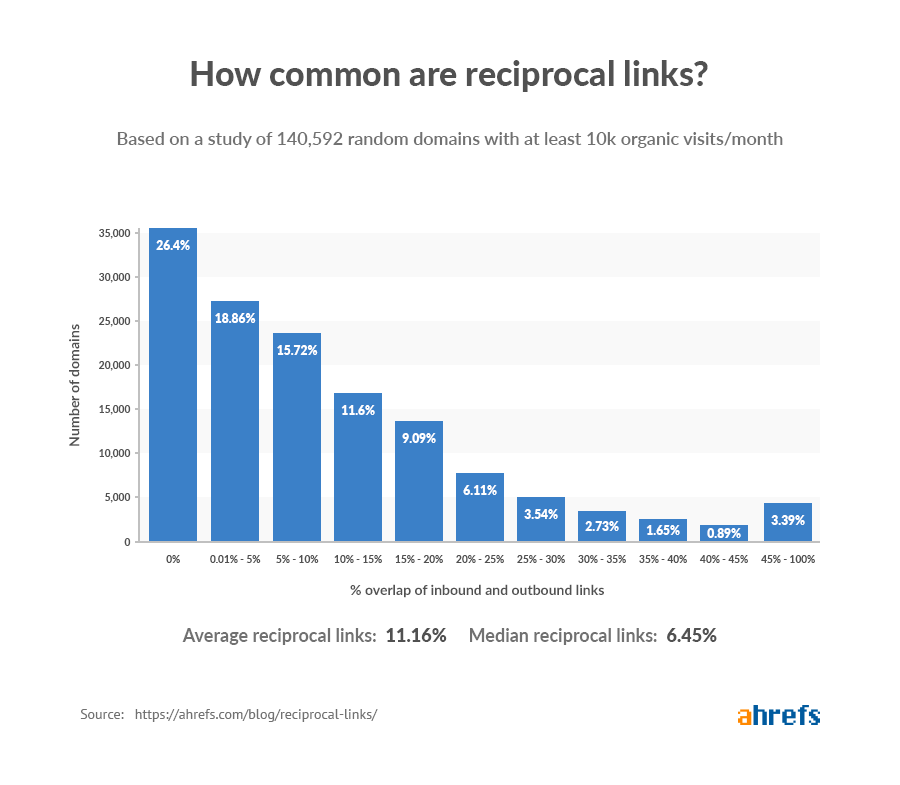
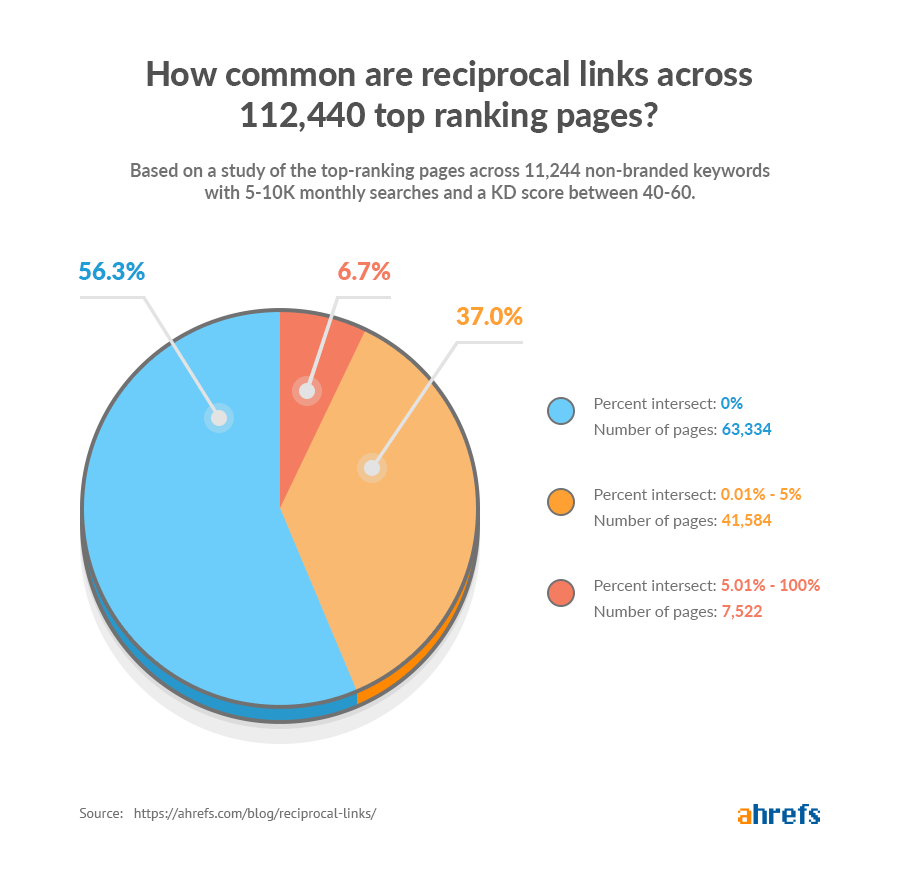


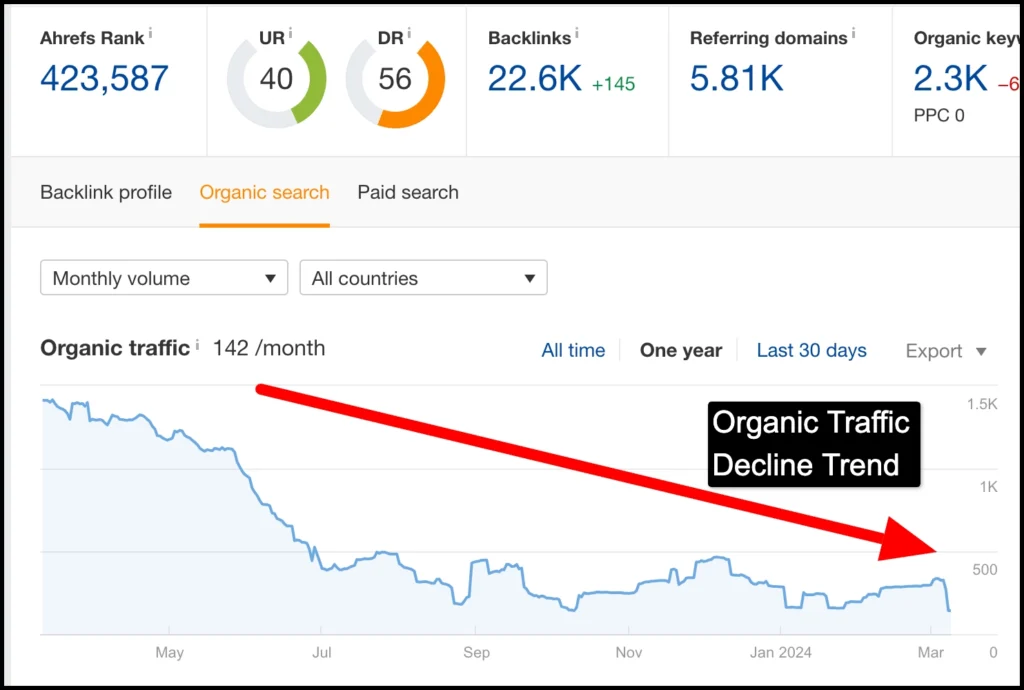

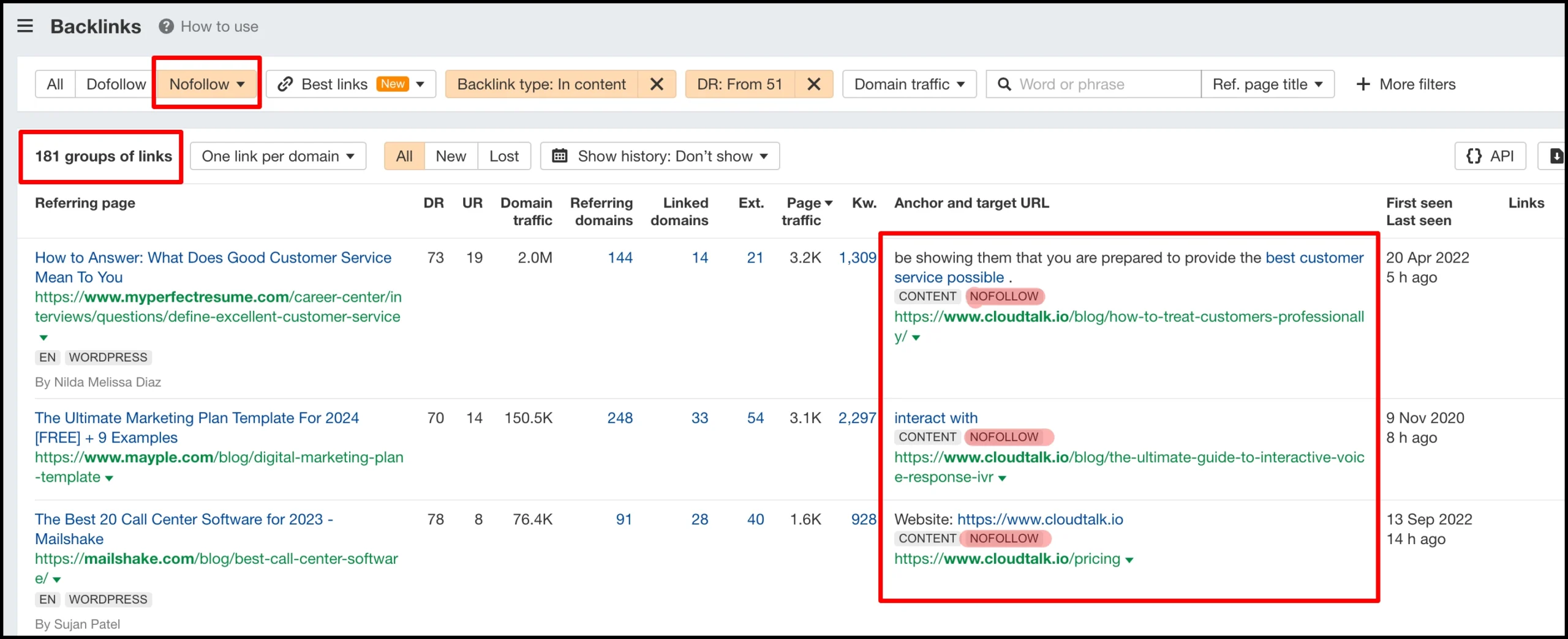
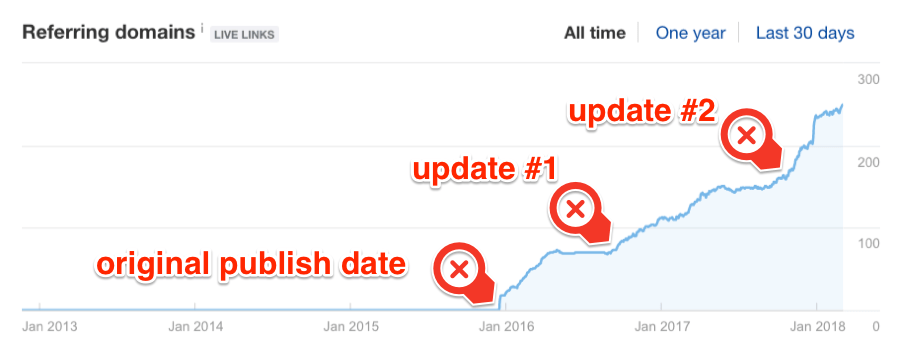
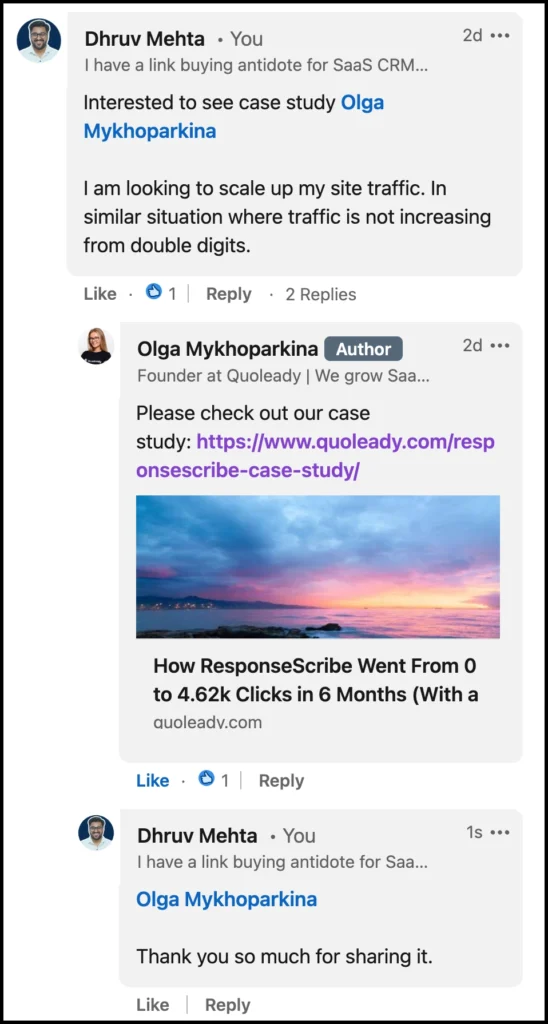

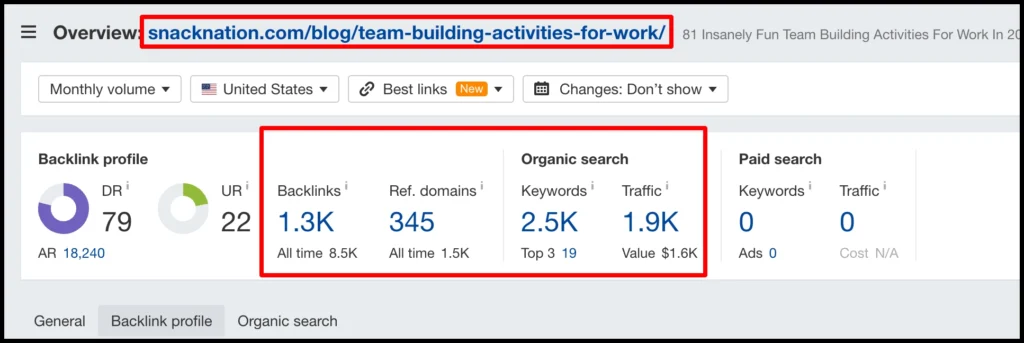
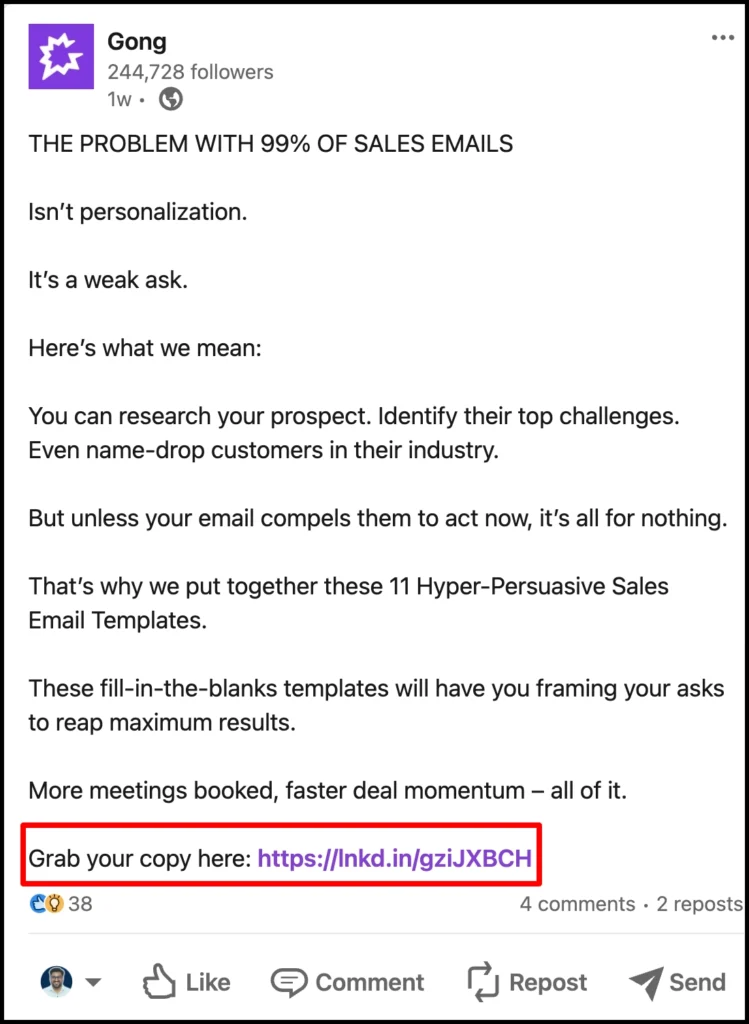




![Backlink Profile: Analysis + [2 Perfect Examples]](https://clickass.io/wp-content/uploads/2024/01/Examples-of-Perfect-Backlink-Profile3-1.webp)
